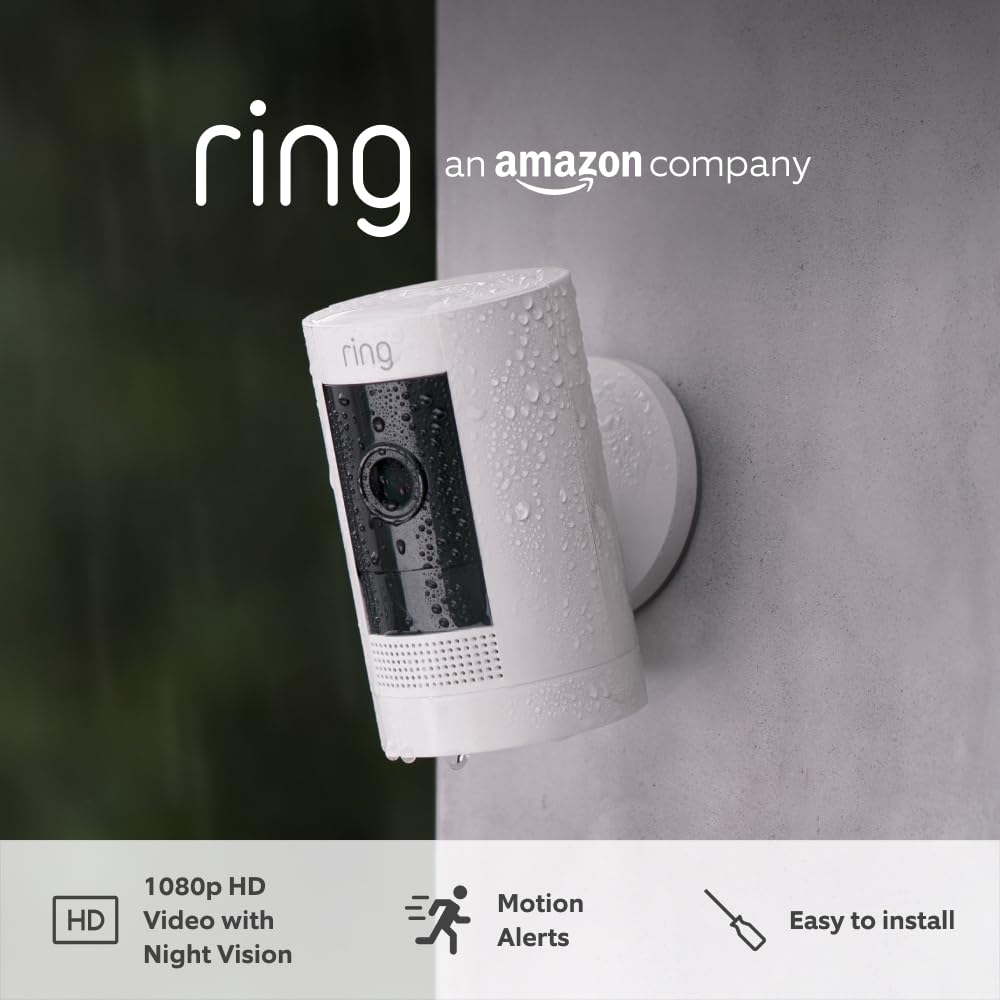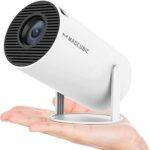Virtual tours and 3D viewing have become really important tools for real estate agents looking to give a boost to their online appeal, reach more clients, and make property listings more effective. I’ve watched the switch up from flat listing photos to glide-through interactive tours and 360 degree views, and I’m convinced it’s a game changer for anyone who wants to stand out in the crowded real estate market. Here I’ll walk you through the ins and outs of these tools, offer tips for getting started, and share how to tackle common hurdles so you can use these platforms with confidence.

Why Virtual Tour & 3D Viewing Tools Make a Difference in Real Estate
I’ve seen how much easier showings become with a solid virtual tour or 3D walkthrough. These tools help you:
- Reach Out-of-Town Buyers: Show properties to buyers who can’t make it to in person viewings.
- Make Listings Memorable: Listings with virtual tours grab way more attention than those with just pictures.
- Streamline Your Workflow: Filter serious leads since buyers can pre-tour spaces online.
- Help Buyers Picture Themselves in the Home: Many buyers have told me they felt more confident booking a viewing after a 3D viewing.
- Save Time and Hassle: Cut down on unnecessary viewings, only bringing in serious, interested clients.
Properties with a 3D tour tend to get more engagement online and usually spend less time on the market. It’s a pretty handy way to offer value to your sellers and makes your job a lot easier, too. In today’s fast-paced digital market, these resources are almost a must for agents looking to keep up with the times and provide top-notch service.
Types of Virtual Tour & 3D Viewing Tools Real Estate Agents Use
The range of tools out there nowadays is huge. Here’s a breakdown of the main categories:
- 360 degree Virtual Tour Software: These let buyers spin around and look in every direction inside a property, usually integrated together from a series of panoramic photos. Great for showing off room flow and details.
- 3D Property Modeling: You can create digital models of interiors and exteriors to help buyers get a feel for how the space connects, sometimes even letting them “move” walls or furniture virtually.
- Interactive Floor Plan Creators: Floor plans with clickable hotspots make it easier to understand a property’s layout and move directly to different rooms in the virtual tour.
- VR Tour Platforms: These work with VR headsets, letting clients “walk” through properties as if they’re actually there. Pretty cool for high end, luxury listings or tech focused clients.
- AI-Driven Photo Enhancers: Some tools now use artificial intelligence to tidy up rooms, change paint colors, or even swap out furniture, all digitally, with no heavy lifting required.
- MLS and CRM Integrations: These tools plug tours right into your listings or lead system so you can track interest and manage outreach without moving between a bunch of apps.
Alongside these, some platforms integrate analytics to show you performance and help you fine-tune your marketing to what buyers pay attention to. Knowing which features matter most for your listings can save time and frustration.
Leading Virtual Tour & 3D Tools for Real Estate Agents
There are a ton of options out there, and the right pick depends on your goals.
Here are some platforms I’ve tried or seen top agents in my circle use
Each of these tools brings something useful to the table, so it’s worth checking the full breakdowns and demos if you’re thinking about investing in a platform. Many also offer trial versions, so you can experiment with the features before committing to a subscription, which I always recommend for agents starting out with virtual showings.
How I Review These Virtual Viewing Solutions
I look for a few key things when trying out these tools:
- Features and Usability: Is the workflow smooth and does it really deliver a great experience for both agent and buyer?
- Pros & Cons: I highlight both what works well and any quirks or annoyances you might run into.
- Pricing & Value: I break down subscriptions, trial offers, and what you actually get for your money.
- Who It’s Right For: Some platforms are best for large teams with an IT specialist on hand, while others are super simple for tech solo agents.
- Integrations: Can you connect the platform to your CRM, email, or other real estate tools?
- Screenshots & Walkthroughs: I provide visuals or links to demos whenever possible so you know what you’re getting into.
This approach keeps things straightforward and practical. My goal is to save you time and help you find something that makes your work easier, not more complicated. I always encourage agents to look for honest feedback and real-life demos so they know exactly what to expect.
Tips for Choosing a Virtual Tour or 3D Viewing Tool
- Match the Tool to Your Niche: If you mostly do condos or single family homes, you might not need the highest end VR platform. Commercial and luxury listings might benefit from more immersive experiences.
- Check Mobile and VR Compatibility: Many buyers tour homes on phones or tablets, so any tool you use should look sharp and load fast on every device.
- Look for Fast Turnaround: Quick uploads, editing, and publishing features are super useful if you’re juggling a lot of listings.
- Prioritize Integrations: The fewer steps between your tour and your MLS or CRM, the better. Integration can save a lot of headaches. Time saved means more time for clients.
- Try AI Enhanced Visuals: AI tools that remove clutter or digitally stage rooms can really upgrade a plain listing photo.
I always recommend testing the free version or requesting a demo to see if a tool fits your style before committing. Don’t be afraid to experiment with new add-ons or features that might take your marketing to the next level.
Common Challenges and How to Handle Them
- Stitching Errors: With 360° photos, sometimes seams or “ghosting” occurs. Using a tripod and following the app’s guidance usually helps.
- Learning Curve: Tools with 3D or detailed editing options can seem overwhelming. Many companies offer simple tutorials; worth a look before you get into it.
- Slow Uploads or Lag: Especially with high resolution tours. Capturing smaller spaces in sections and compressing images where possible keeps things smoother.
- Integration Hiccups: Every MLS and CRM system is a little different. Customer support often helps, and agent communities usually have workarounds to share.
Most problems have fixes, and I’ve found that the more properties you shoot, the more you’ll develop your workflow. Sharing your experiences in local agent groups can also help you pick up fresh solutions and shortcuts. If you’re patient at first, these tools can truly set you apart from other agents.
Advanced Tips to Make Your Virtual Tours Stand Out
Once you’ve gotten the hang of basic tours, there’s plenty you can do to take things up a notch:
- Add Interactive Hotspots: Drop in clickable notes that point out unique features, recent upgrades, or hidden storage spots.
- Use Day/Night Switch Features: Some tools let you showcase a home with different lighting or times of day, which can really wow buyers.
- Offer Custom Branding: Putting your logo and contact info right into the tour video keeps your name in buyers’ minds.
- Share Analytics: Most platforms let you see how often your tours are viewed and where buyers spend the most time. Use this to fine-tune your showings and marketing strategy. If you notice buyers spending extra time in certain rooms, you can highlight those spaces more in your descriptions or showings.
These features help turn a simple tour into a dynamic marketing tool and can really impress your clients. Don’t forget that clients are looking for ways to visualize living in a home—even little touches, like floor plan overlays or neighborhood highlights, can make your tour stand out.
Frequently Asked Questions About Virtual Tours for Real Estate
How much tech skill do I need to create a virtual tour?
Most basic platforms are built for the average agent, and if you can upload photos to a website, you can usually make a tour. Some advanced options (like custom 3D models) need more time to get used to, but tutorials make it manageable. Even if you’re new to this, start with a simple room and work your way up.
Do virtual tours replace in person showings?
They’re great prescreening tools, but buyers almost always want to do an in person walkthrough before making an offer. Virtual tours just help get more serious buyers through the door, saving you time and increasing your efficiency.
What equipment do I need?
Most agents just need a 360° camera (which costs less than you’d expect) and a decent smartphone or laptop. Many tour services also offer apps that help you shoot a full property with just your phone. Lighting and stability make a big difference, so try testing your gear beforehand.
How do I market my virtual tours?
Share the tour link on the MLS, drop it in all your emails, feature it on social media, and add QR codes to flyers or yard signs. The more places you share it, the better! Including the link on your business card can help prospective clients remember your services, too.
Getting Started With Virtual Tours and 3D Platforms
Starting out with virtual tour or 3D viewing tools is easier than it may look. Pick a beginner friendly option, watch a few demo videos, and try creating a mock tour—even of your own space—to get the hang of it. As you get more comfortable, you can explore premium features and integrations. Don’t hesitate to learn from more experienced agents or join online communities for tips and advice.
Some links on this site are affiliate links, which means I might earn a small commission if you buy through them (at no extra cost to you). I only share tools I’ve checked out personally or that have strong feedback from other agents, so you can trust the reviews are honest. Whether you’re looking to grow your business, offer next level cool presentations, or simply save time in a busy season, these virtual tour platforms are a smart addition to your toolkit.










